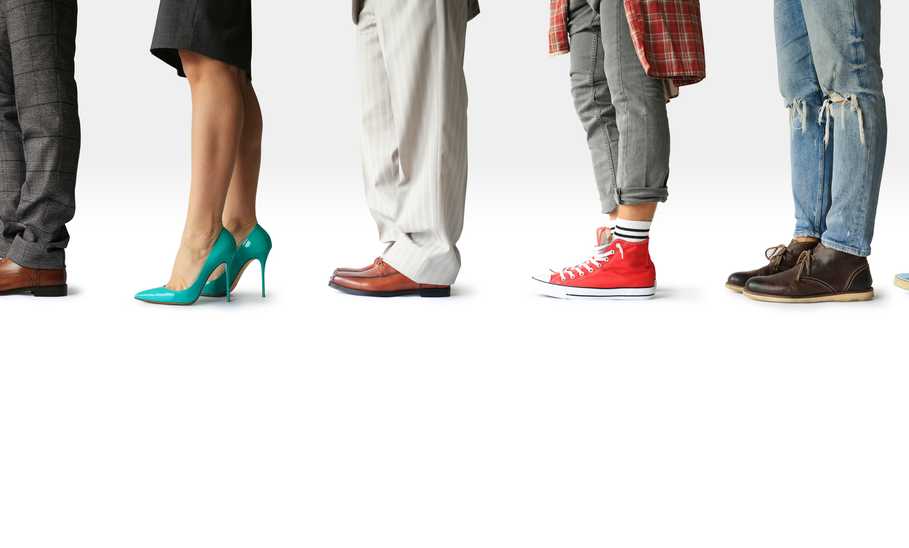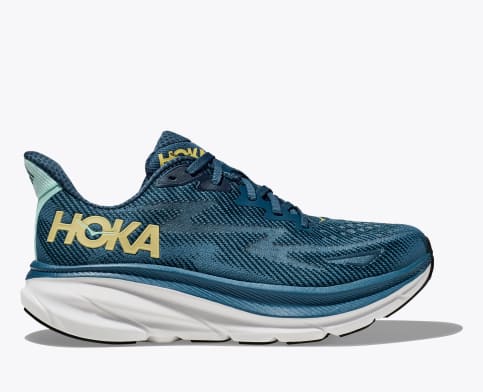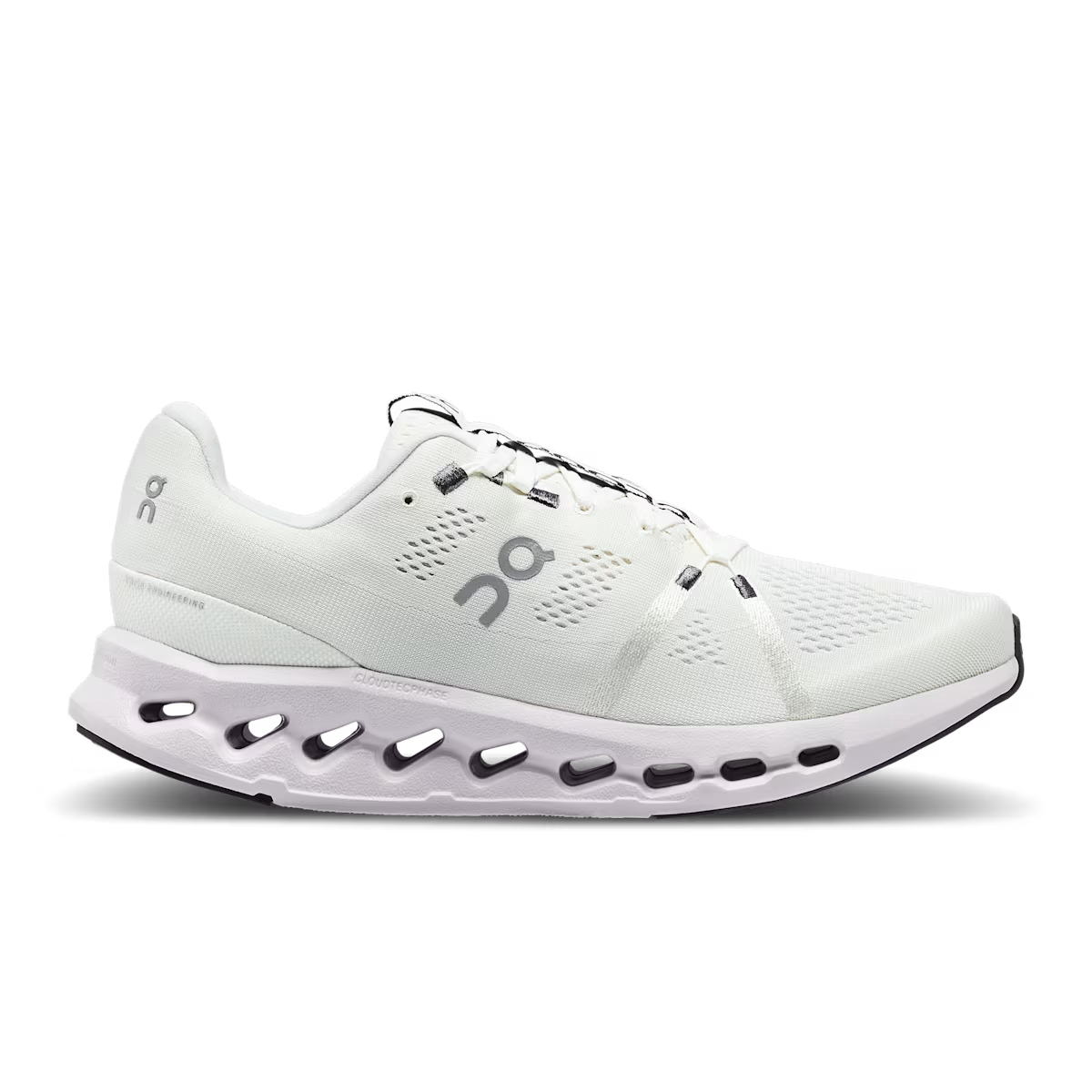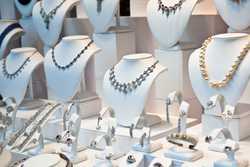How Often Should You Replace Your Shoes, According to Podiatrists


Our evaluations and opinions are not influenced by our advertising relationships, but we may earn a commission from our partners’ links. This content is created by TIME Stamped, under TIME’s direction and produced in accordance with TIME’s editorial guidelines and overseen by TIME’s editorial staff. Learn more about it.
Buying shoes is important for maintaining optimal foot health—and so is replacing them. “To avoid foot pain or issues in the future, the replacement of shoes is important as our feet are our foundation and if your feet hurt, this can affect all aspects of gait and lead to other issues such as knee, hip, or back pain,” explains Elizabeth Daughtry, DPM, FACFAS, a podiatrist at Food & Ankle Specialists of the Mid-Atlantic. In addition to Dr. Daughtry, I spoke with Suzanne C. Fuchs, DPM, a board-certified podiatrist at Luxe Podiatry in Jupiter, Florida, Najwa Javed, DPM MPH AACFAS, a podiatrist at Silicon Valley Podiatry Group, and Anne M. Sharkey, DPM, FACFAS, board-certified foot and ankle surgeon at North Austin Foot & Ankle Institute, and Miguel Cunha, DPM, podiatrist and founder of Gotham Footcare to learn more about the best practices when it comes to replacing shoes and ways you can expand shoe shelf life.
Dr. Fuchs and Dr. Javed note that visible damage and creases (especially near the toe box) may indicate that it’s time to replace your shoes. “Any visible damage to the shoe, such as rips, tears, or holes, can compromise the shoe's ability to provide protection and support,” explains Dr. Fuchs. “If the damage is beyond repair or compromises the shoe's functionality, it's time to invest in a new pair.”
Paying attention to your shoe soles is key to determining when to replace them. “One of the most common signs of worn-out shoes is visible wear on the soles which can be examined by checking the tread pattern on the bottom of your shoes,” says Dr. Fuchs. “If it is significantly worn down, smooth, or uneven, it's time for a replacement as worn out soles can lead to reduced traction and stability.”
Shoes should not cause pain, but help to alleviate it. If your shoes are causing you pain, it’s likely time for a new pair. “New or increased pain in your feet, knees, hips, or back can indicate that your shoes are no longer providing the necessary support,” explains Dr. Javed. Dr. Daughtry adds that if a pair of shoes is causing the formation of blisters, it may be time to get rid of them.
As soon as you notice your shoes are no longer fitting properly, it’s best practice to clear them from your shoe shelf. Dr. Sharkey notes that one way to know whether a shoe fits properly is if it bends. “A shoe should bend/flex where the toes are,” she explains. “If you can take the shoe and twist/bend it through the midsole where it is meant to be structurally sound, head to the store for new shoes.” Dr. Javed adds that your feet should not be able to move around too much inside your shoes—if they do, they no longer fit properly.
Dr. Daughtry notes that the average shelf life for shoes is between six and nine months. However, this time frame is simply an average, as Dr. Fuchs adds that shoes become worn out for many reasons, including long-time wear, poor construction, and the environment within which they’re regularly worn. If you compare pairs of shoes, you’ll likely find the pair or pairs worn most frequently will wear out before those worn exclusively on special occasions.
Furthermore, the type of activities you do while wearing a pair of shoes may influence how quickly they deteriorate. For example, depending on whether a shoe is made to withstand high-intensity impact, activities such as hiking and running may lead to a quicker replacement time, explains Dr. Fuchs.
Although all shoes eventually wear out, the materials and shoe construction will impact this timeline. That said, Dr. Fuchs recommends opting for shoes made from materials that tend to be more durable including leather, suede, and rubber.
According to Dr. Fuchs, the types of footwear that need to be changed out more often are those that regularly experience increased impact which tend to be running shoes, walking shoes, and other athletic/everyday shoes such as basketball or tennis shoes. "Shoes that are used more frequently are going to need to be replaced more frequently to continue to keep you comfortable and supported,” adds Dr. Sharkey.


When it comes to dress shoes and those commonly worn for weddings and other special occasions, Dr. Sharkey notes that heels which allow the force to dissipate over a larger area such as blocks, platforms, and wedges tend to last longer.
If a pair of shoes allows for additional arch support to be inserted, Dr. Daughtry recommends doing so. “Sometimes, adding additional arch support can make a pair of athletic or running shoes last longer.” If you have a specific condition, such as flat feet or plantar fasciitis, look for shoes that have an American Podiatric Medical Association Seal of Acceptance. These shoes are more supportive and cushioned.


Unless specified by a manufacturer, Dr. Sharkey recommends avoiding placing shoes in a washing machine or a dryer.
If you have the means to purchase multiple pairs of shoes, it’s recommended. Dr. Javed explains that the more one rotates their shoes, the more time each pair has to recover after wear to prevent excessive damage in a short time.
Ensuring your shoes are treated properly while off of your feet is just as important as ensuring that they’re being treated properly while on your feet. My experts recommend keeping shoes in dry, cool environments while avoiding excess moisture.
The information presented here is created by TIME Stamped and overseen by TIME editorial staff. To learn more, see our About Us page.



